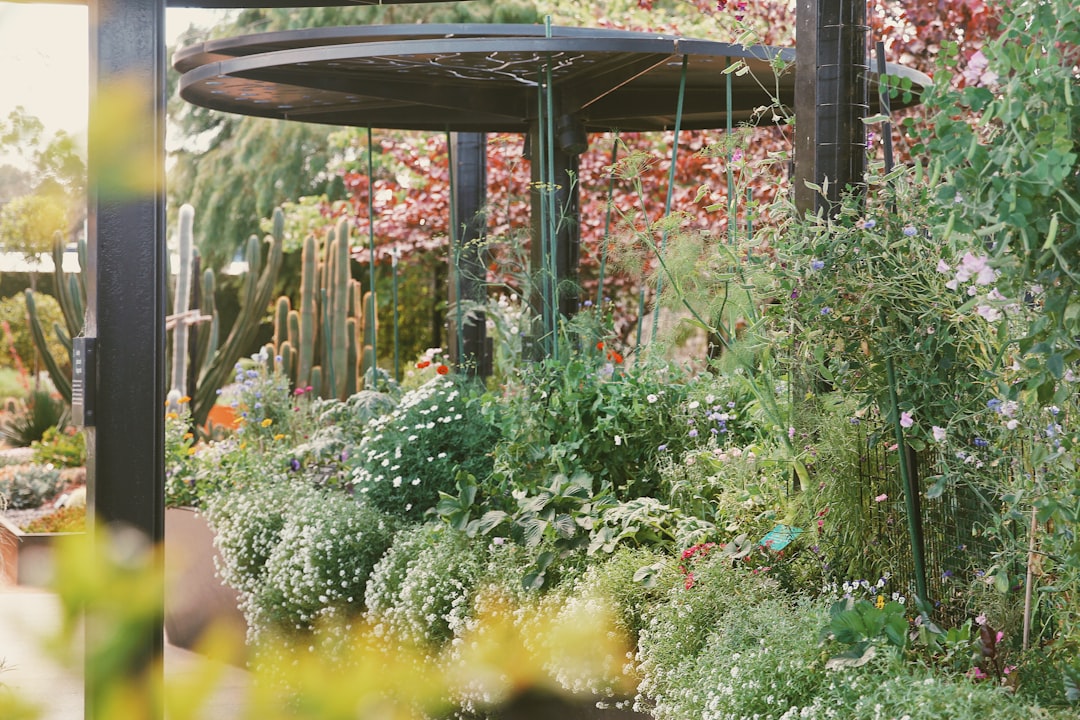Unveiling the Wonders of Trough Gardens: Ideal Drought - Tolerant Selections

Container gardens have long been a favorite among gardening enthusiasts, offering flexibility, portability, and the ability to create a personalized green space even in limited areas. Among the various types of container gardens, trough gardens stand out as a charming and practical option. Trough gardens are not only aesthetically pleasing but also relatively easy to maintain, especially when you choose the right plants. In this article, we will explore some of the best drought - tolerant perennials, succulents, and alpine plants that are perfect for trough gardens.
Let's start with drought - tolerant perennials. These plants are known for their ability to survive long periods without water, making them an excellent choice for trough gardens, which may dry out more quickly than traditional in - ground gardens. One such perennial is the Yarrow (Achillea millefolium). Yarrow comes in a variety of colors, including yellow, pink, and white. It has feathery foliage and flat - topped flower clusters that attract butterflies. Yarrow is a hardy plant that can tolerate poor soil conditions and full sun, making it well - suited for trough gardens. It can be planted at the edges of the trough, adding a splash of color and texture.
Another great drought - tolerant perennial is the Lavender (Lavandula). Lavender is famous for its fragrant purple flowers and gray - green foliage. It thrives in full sun and well - drained soil, which are typical conditions in a trough garden. The aroma of lavender not only adds a pleasant scent to your garden but also has calming properties. You can use lavender in the center of the trough or plant several together to create a focal point. Its long, slender stems and beautiful flowers make it a visually appealing addition to any trough garden.
When it comes to succulents, they are a staple in trough gardens due to their unique shapes and low water requirements. The Echeveria is a popular succulent choice. Echeverias come in a wide range of colors and forms, from rosettes to more upright shapes. They have thick, fleshy leaves that store water, allowing them to survive in dry conditions. You can create a stunning display by combining different varieties of Echeveria in a trough. Their colorful leaves add a modern and artistic touch to the garden. Place them in a sunny spot in the trough, as they need plenty of light to maintain their vibrant colors.
Another succulent that is well - suited for trough gardens is the Sedum. Sedums are incredibly versatile plants. There are both ground - covering and upright varieties. The ground - covering sedums, such as Sedum acre, form a dense mat of foliage and small, star - shaped flowers. They are perfect for filling in the gaps between other plants in the trough. Upright sedums, like Sedum 'Autumn Joy', have large flower heads that change color throughout the season. They add height and drama to the trough garden. Sedums are easy to care for and can tolerate a wide range of soil types as long as they are well - drained.
Alpine plants are also a great addition to trough gardens. These plants are adapted to harsh mountain conditions, including cold temperatures and low water availability. The Saxifraga is a classic alpine plant. Saxifragas have delicate, star - shaped flowers and attractive foliage. They come in different colors, such as white, pink, and yellow. Saxifragas prefer partial shade and well - drained soil. You can plant them in the crevices of a trough or in small pockets of soil, creating a natural - looking alpine landscape. Their small size and charming appearance make them a delightful addition to any trough garden.
Another alpine plant to consider is the Aubrieta. Aubrieta is a low - growing, spreading plant that produces masses of purple, pink, or white flowers in the spring. It forms a carpet of color that can cover the surface of the trough. Aubrieta thrives in full sun and well - drained soil. It is a hardy plant that can withstand cold temperatures, making it suitable for trough gardens in cooler climates. You can use Aubrieta to edge the trough or to fill in empty spaces, adding a burst of color early in the gardening season.
When creating a trough garden with these drought - tolerant perennials, succulents, and alpine plants, it's important to pay attention to the soil. Use a well - drained potting mix that is specifically formulated for container plants. You can also add some gravel or sand to improve drainage. Make sure the trough has drainage holes to prevent water from pooling at the bottom, which can lead to root rot. Water the plants sparingly, allowing the soil to dry out between waterings. This will encourage the plants to develop strong root systems and adapt to the dry conditions.
Proper spacing is also crucial. Give each plant enough room to grow and spread. Consider the mature size of the plants when arranging them in the trough. You can start with small plants and allow them to fill in the space over time. Additionally, you can add some decorative elements to the trough, such as small rocks or pebbles, to enhance the overall aesthetic. These elements can mimic the natural environment of the plants and add a touch of style to the garden.
In conclusion, trough gardens offer a wonderful opportunity to create a beautiful and sustainable garden using drought - tolerant perennials, succulents, and alpine plants. By carefully selecting the right plants and providing them with the proper growing conditions, you can enjoy a thriving trough garden that requires minimal water and maintenance. Whether you are a beginner or an experienced gardener, these plants will bring color, texture, and life to your container garden.